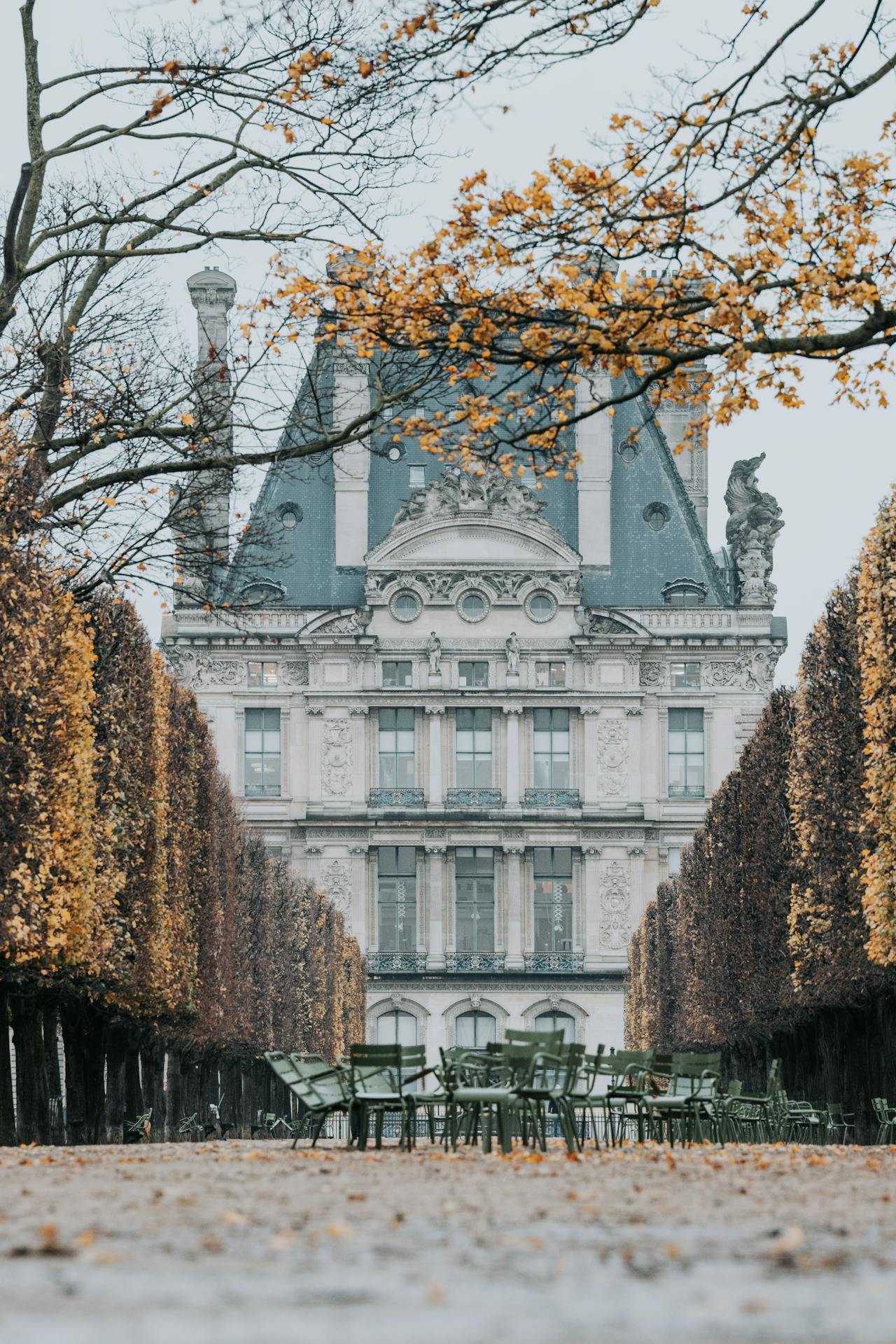
Why is the Tuileries Garden famous
The Tuileries Garden, or Jardin des Tuileries in French, is one of the most iconic and historically significant gardens in the world. Situated in the heart of Paris, between the Louvre Museum and the Place de la Concorde, the Tuileries Garden holds a prominent place in both French history and culture. Its fame stems from a combination of its historical significance, architectural beauty, cultural symbolism, and continued relevance as a public space. This discussion delves into why the Tuileries Garden is so famous, exploring its origins, design, historical events, cultural impact, and modern role.
Origins and Historical Significance
The Tuileries Garden dates back to 1564, when Catherine de’ Medici, the widow of King Henry II of France, commissioned its creation. The garden was initially designed to accompany the Tuileries Palace, which served as a royal residence. The name Tuileries comes from the tile factories (tuileries) that previously occupied the site.
Catherine de’ Medici envisioned the garden as an Italian Renaissance-style retreat, a reflection of her Florentine heritage. However, it was later redesigned in the 17th century by André Le Nôtre, the renowned landscape architect responsible for the gardens of Versailles. Under Le Nôtre’s direction, the Tuileries Garden was transformed into a formal French garden, characterized by symmetrical layouts, wide pathways, geometric flowerbeds, and ornamental fountains.
The garden’s historical significance deepened as it became a setting for numerous key events in French history. During the French Revolution, the Tuileries Palace was stormed, and the royal family was forced to flee. The garden, once a symbol of royal privilege, became a space for public gatherings and political demonstrations. It witnessed moments of both celebration and turmoil, reflecting the shifting tides of French society.
Architectural Beauty and Design
One of the defining features of the Tuileries Garden is its exquisite design. André Le Nôtre’s vision brought a sense of order and grandeur to the space, combining natural beauty with human artistry. The garden’s layout features wide, straight paths that provide a sense of openness and symmetry, while its meticulously arranged flowerbeds and groves offer bursts of color and texture.
Statues and sculptures are scattered throughout the garden, adding to its artistic appeal. Many of these works were created by renowned artists such as Aristide Maillol and Auguste Rodin, further enhancing the garden’s status as an outdoor museum. The central basin, surrounded by chairs where visitors can relax, is a particularly iconic feature, providing a tranquil spot for reflection and leisure.
Cultural Symbolism
The Tuileries Garden holds a unique place in the cultural imagination of France. As a former royal garden turned public space, it embodies the ideals of accessibility and democracy. During the French Revolution, the garden became a symbol of the people’s reclamation of spaces once reserved for the monarchy. Today, it continues to serve as a gathering place for locals and tourists alike, representing the blending of history and modernity.
The garden has also inspired countless works of art and literature. Artists such as Claude Monet and Édouard Manet captured its beauty in their paintings, while writers like Marcel Proust referenced it in their novels. Its iconic status in the arts underscores its cultural significance, making it a subject of fascination and admiration.
Historical Events and Transformations
The Tuileries Garden has been a witness to many transformative moments in French history. During the reign of Napoleon Bonaparte, the garden was redesigned to reflect the grandeur of his empire. It was during this period that the Arc de Triomphe du Carrousel, located near the Louvre, was constructed as a commemorative monument.
In the 19th century, the Tuileries Palace was destroyed during the Paris Commune, a radical socialist and revolutionary government that briefly ruled Paris in 1871. The palace’s destruction left the garden as a standalone space, free from its royal associations but rich in historical layers.
Throughout the 20th and 21st centuries, the Tuileries Garden has been preserved and adapted to suit contemporary needs. It remains a site for public events, art installations, and cultural activities, seamlessly blending its historical legacy with modern uses.
A Modern Public Space
Today, the Tuileries Garden is one of the most visited sites in Paris. Its central location makes it easily accessible, and its wide paths and open spaces provide a respite from the bustling city. It is a place where people come to walk, jog, picnic, or simply relax. The garden’s seasonal flower displays and carefully maintained lawns continue to attract visitors year-round.
The garden also hosts annual events such as the Tuileries Fair, a traditional summer carnival featuring rides, games, and food stalls. These events add a lively dimension to the garden, ensuring that it remains a dynamic and engaging space.
Artistic and Cultural Relevance
The Tuileries Garden’s proximity to the Louvre Museum and the Musée de l’Orangerie enhances its cultural relevance. Visitors often include the garden as part of their exploration of Paris’s artistic treasures. The Musée de l’Orangerie, located within the garden, houses Claude Monet’s famous Water Lilies series, creating a direct connection between the garden and the Impressionist movement.
Temporary art installations and sculptures are regularly displayed in the garden, maintaining its role as a living cultural space. These exhibitions highlight the garden’s ability to adapt and evolve while preserving its historical essence.
The Tuileries Garden in Popular Culture
The Tuileries Garden has also made appearances in popular culture, further cementing its fame. It has been featured in films, music videos, and literary works, often serving as a symbol of Parisian elegance and history. Its iconic status ensures that it remains a point of reference for those seeking to capture the essence of Paris.
The Tuileries Garden is famous for its rich history, stunning design, cultural symbolism, and enduring role as a public space. From its origins as a royal garden to its transformation into a symbol of democracy, the garden reflects the evolving identity of France. Its beauty and accessibility continue to captivate visitors, making it a cherished part of Paris’s heritage.
As a place where history, art, and nature converge, the Tuileries Garden stands as an evidence to the enduring allure of Paris. Whether as a tranquil retreat, a cultural landmark, or a historical site, the garden remains an essential destination for anyone seeking to understand and appreciate the rich tapestry of French history and culture.




